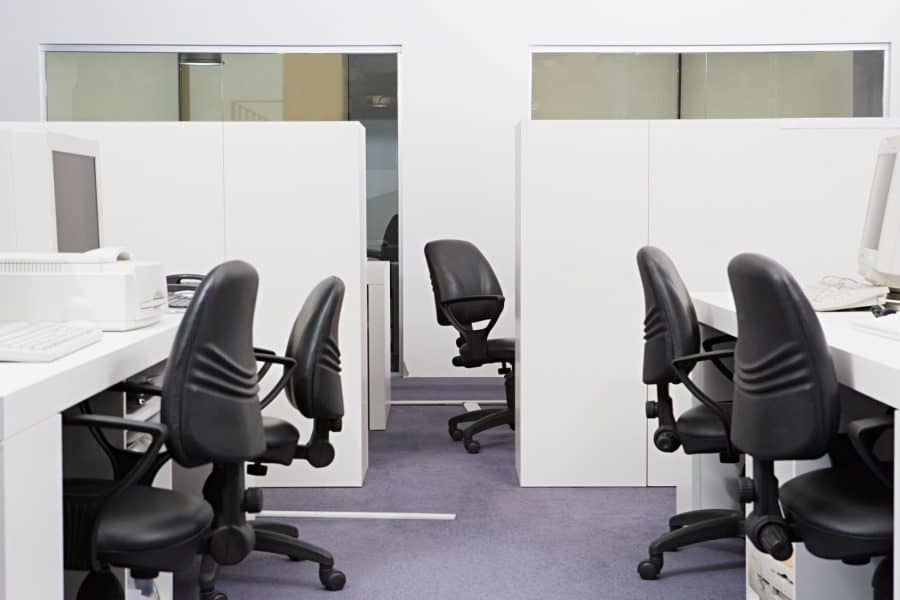You do not need everything on your desk, and the same is true for everyone on your team. Have your employees identify things that they no longer need and can go to the trash. If a document is not required or no longer supports a project, it can go to the shredder. The same is true if the file has not been touched for a year. The less paper your employees have to deal with, the less stress they need to face.
Doing so will give your team clarity and guide them in organizing piles of paper on their desk.
When organizing piles of paper, handle each document once. Once a paper has been picked up, decide on its fate. Put it where it needs to go and avoid procrastination. Piles of paper are born because of the thought of dealing with them later.
There are some documents that you need for reference or record-keeping that you don’t need to have original copies of. Consider scanning and converting them to digital files. Converting files to their digital format saves you physical storage space. It can help your business save on storage costs and free up space for other valuable uses.
Digital files are also safe from physical damages, such as getting wet or being nibbled on by pests. Employees can easily locate and access files, provided a system is in place. There are also ways to restore digital files, but when paper files are lost, they are gone forever. While you may not be able to go completely paperless, this is a great way to start.
Paper gets lost easily when you stack them. Invest in vertical file organizers instead. These organizers show you more of the documents and take up less space. They also allow for easier and more effective organization and can accommodate other filing systems.
A splash of color is not just beautiful to look at. Colors can help your office get organized. You can assign colors based on the urgency of the document. For instance, urgent papers go to the red folder. Financial papers go to the green folder.
You can easily spot colors, even from afar, compared to text. So when you see a red folder on your desk, you know it’s an urgent matter that you need to take care of.
Be detailed and specific when labeling office documents. Implement a labeling system that will make it easier for employees to find what they need when they need it. Instead of labeling documents with a mere “Receipt,” use “Receipts – Q1 – Marketing Expenses”.
Provide a tray for incoming documents for each working desk. This will make it easier for your employees to see what they need to deal with for the day. All incoming documents should go in there: mail, memos, printouts, and notes.
Then, sort through the incoming documents within the day. Throw what you can throw. File what you need to file. Scan what you can scan. Doing this daily will prevent random papers from piling up on desks.
Make time to go through the papers, sort them, label them, and file them. A few minutes in a week can help you keep those papers from piling up.
Archive old documents that you need for legal or regulatory purposes. Label them by content and year so that you will know where to find certain documents when you need them.
If you need a big office reset, consider hiring professional office cleaners. They can help you clear space, sort piles of paper, and recommend effective storage solutions.
cleaning tipsdeclutteringoffice cleaningorganizing
Sharing is caring. Please share!
